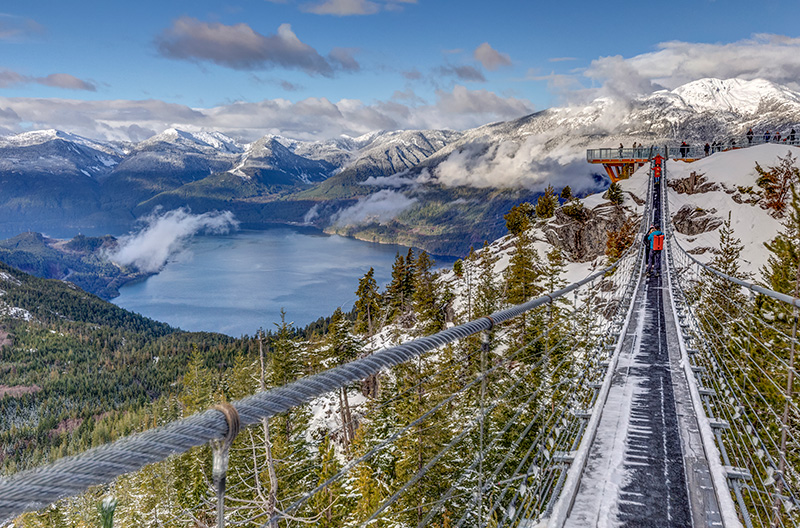Squamish
An Outdoor Enthusiast’s Paradise
Story by David Burke | Images by Joern Rohde
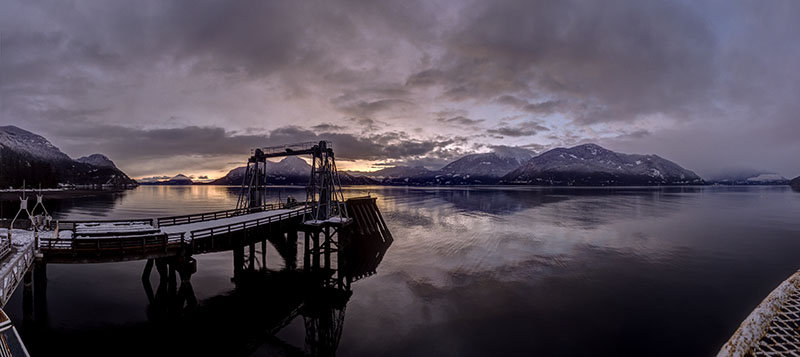
F
or thousands of years before European settlement, the Squamish (Sḵwx̱wú7mesh in the local tongue) people considered the head of Howe Sound a special place. After immigrants settled the area in the late 1800s, it became the hub of activity because of its abundant natural resources; more recently, lovers of mountain biking, climbing, hiking, wind sports, and other outdoor pursuits descended on Squamish to pursue their passions.
One look around at the natural surroundings of the town of 20,000, and it’s easy to see why. The Stawamus Chief, a granite monolith long considered sacred by the Squamish people, looms over the town. The picture-perfect peak of Nch’ḵay̓ (the Sḵwx̱wú7mesh have applied to have their traditional name for the 2,678-metre/8,787-foot mountain replace the Western name, Mount Garibaldi) stands sentinel to the north, while the northern end of the Howe Sound fjord serves as the community’s ocean gateway.
In the 1980s, Squamish adopted “Outdoor Recreation Capital of Canada” as a promotional slogan. As the forest industry — the community’s main economic driver from the late 19th century to the early 2000s — declined, the number of people coming to Squamish to enjoy its wide variety of outdoor recreation opportunities has increased dramatically.
Squamish’s historic downtown has, in the past few years, expanded both in terms of population and offerings. The new, broad walkway along the Mamquam Blind Channel includes intriguing new shops and dining options.
In 2021, the United Nations Educational, Scientific and Cultural Organization (UNESCO) designated Howe Sound as Canada’s 19th Biosphere Region to recognize Squamish’s unique surroundings. Known to the Sḵwx̱wú7mesh people as Átl’ka7tsem, the fjord’s “rich Indigenous culture, biodiversity and distinct geography” led to the designation. The distinction does not restrict development but serves as a starting point for discussions about ensuring that activities in the region are sustainable.
The story is a compelling one: After more than a century of industrial activity wrought havoc on water quality and local fisheries, the government, First Nations, and non-Indigenous residents came together to restore what had been lost. As a result of those efforts, the health of Howe Sound and the rivers that feed into it has improved to the point where traditional salmon runs are being re-established; in recent years, whales and dolphins have periodically returned to the waters south of town to feed on the abundant salmon and other aquatic life.
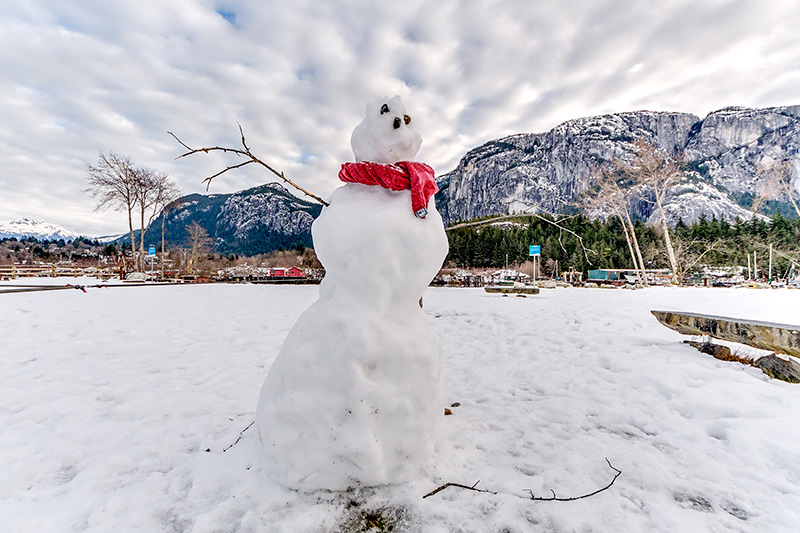
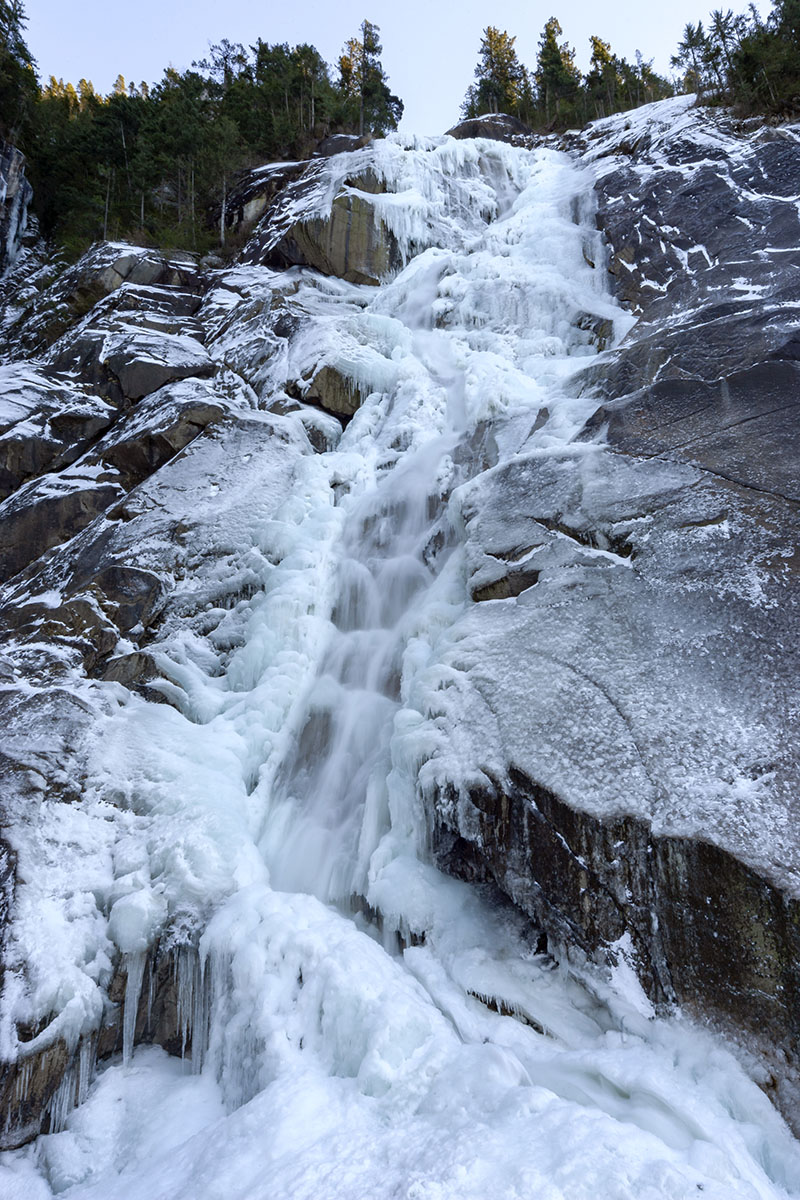
Squamish’s tourism journey received a boost in 2014 with the opening of the Sea to Sky Gondola, which whisks guests 885 m (2,800 ft.) to the Summit Lodge. The 10-minute ascent reveals stunning vistas of the sound, the nearby Stawamus Chief, 335 m (1,099 ft.) Shannon Falls, and the surrounding Coast Mountains. Visitors can enjoy hot and cold drinks or casual dining while taking in the views from the lodge, walk across the Sky Pilot Suspension Bridge, or stroll on some of the area’s well-marked trails. The Summit Lodge is also popular as a wedding venue.
The gondola hosts many indoor and outdoor wintertime activities. Just a short walk from the Summit Lodge, guests young and old can enjoy sliding at an old-fashioned tube park on winter weekends (weather permitting). Winter walking, snowshoe, cross-country and backcountry ski trails radiate from the lodge; snowshoes, poles, over-boots, and crampon rentals are available. This winter, Via Ferrata tours will also be available.
seatoskygondola.com
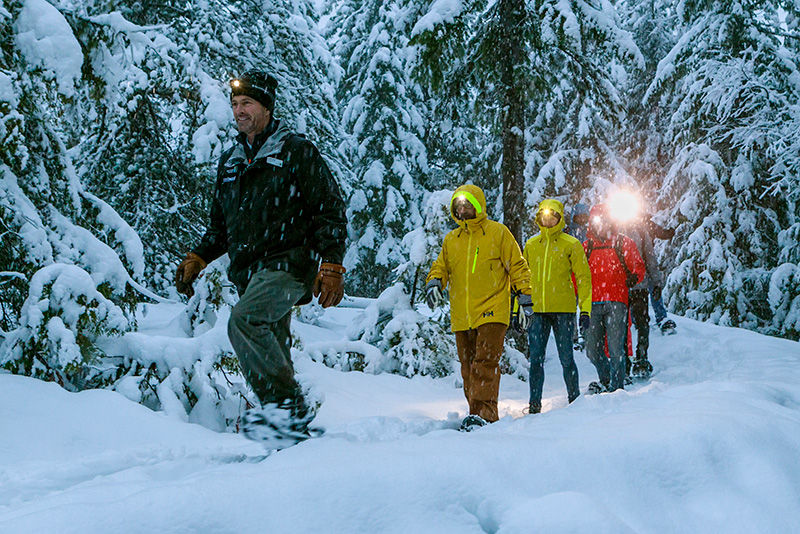
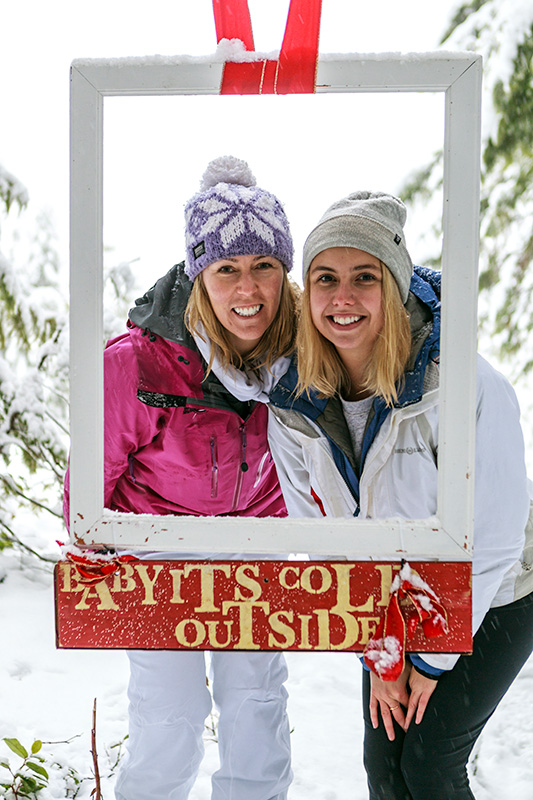
In Britannia Beach, 11 kilometres (6.5 miles) to the south, the Britannia Mine Museum offers visitors a chance to pan for gold or ride an underground mine train in what was once the most productive copper mine in the British Empire. This winter, the museum features an exhibit titled “Ore and Orcas,” exploring how copper contamination impacted the marine food chain and local efforts to bring the nearby waters back to life, and “Land of Thundering Snow,” a travelling exhibit exploring the awesome power of avalanches. In the TerraLab, guests can learn about the history of human mineral extraction and practices that can reduce mining’s impact on the environment.
britanniaminemuseum.ca
Brackendale, the northernmost of Squamish’s neighbourhoods, is famed as the winter home of the bald eagle. From November to March, hundreds or even thousands of the majestic raptors descend to dine on the abundant salmon that spawn in the Squamish, Cheakamus and Mamquam river systems. Visit the dike across the Squamish River from Brackendale Eagles Provincial Park to view eagles up close; for best viewing, bring binoculars. Guests can also book eagle-viewing float trips on local waterways and guided tours on foot or by bike. exploresquamish.com/explore/eagle-viewing
Over the past few years, the number of Squamish-based craft breweries, distilleries and cideries has expanded, and the community features a wide range of excellent eateries.
For more information about all Squamish offers, visit the Squamish Adventure Centre off Highway 99 or exploresquamish.com.

